In the early stages of World War Two, Nazi soldiers seemed invincible. During a rapid series of lightning campaigns over just ten months, they were able to invade and occupy Poland, Belgium, Holland, Denmark, Norway, Luxembourg and France and comprehensively defeat the British Expeditionary Force (BEF).
These troops seemed capable of almost superhuman feats of endurance, often going for days without rest or sleep as the Blitzkrieg swept aside all opposition.
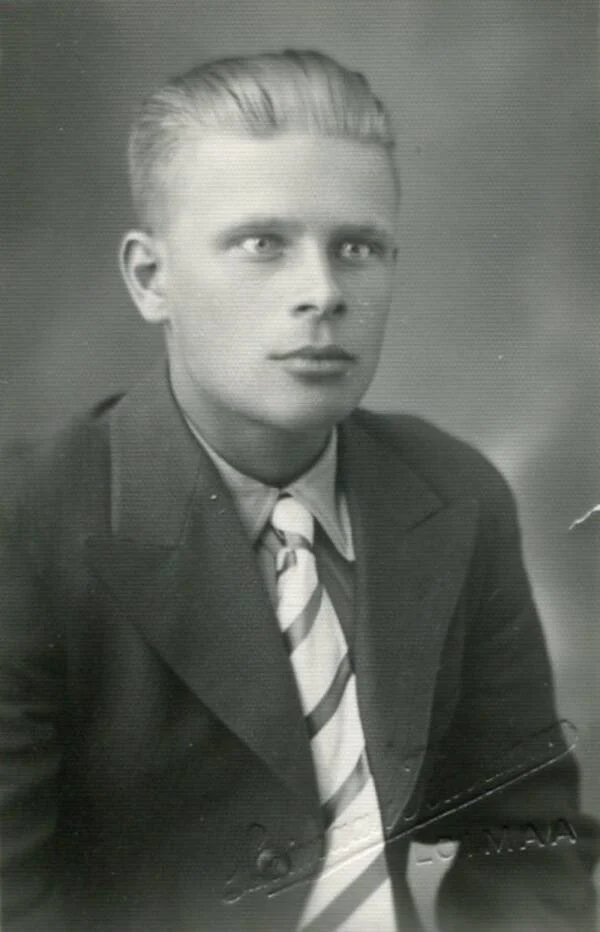

It suited Nazi propaganda to claim that these feats were achieved due to the innate superiority of Aryan soldiers.
However, the real reason for the astounding abilities of the German troops was the large doses of methamphetamine (speed), an addictive, psychoactive substance that the troops were given.
It wasn’t just Nazi troops who used methamphetamine, Germany’s allies were also given access to these drugs.
This is the incredible story of one Finnish soldier who survived, alone and wounded in sub-zero temperatures, due to an inadvertent overdose of Nazi methamphetamine.
Pervitin
Friedrich Hauschild, a German research chemist working for Temmler Werke GmbH, a Berlin-based pharmaceutical company, was the first person to synthesize methamphetamine (a more potent form of amphetamine) in 1937.
This new stimulant was found to be startlingly effective, allowing users to go for 48 hours or more without the need for sleep and with no trace of fatigue.
In late 1937, Temmler Werke began selling methamphetamine in Germany under the trade name Pervitin.
It didn’t take long for German military interest in the new drug to emerge. The German armed forces were working on a new military doctrine (that would later become known as Blitzkrieg) that emphasised speed and the need for rapid advances.
To enable this, the Wehrmacht adopted fast-moving formations that included tanks and motorised infantry.
This provided the mobility that Blitzkrieg required, but there was a weak link: the human occupants of tanks and trucks needed rest and sleep if they were to perform at maximum levels, but if Blitzkrieg was to be effective, there simply wasn’t time for that.
Pervitin seemed to offer a solution. The Wehrmacht began to issue Pervitin tablets to its troops.
By the time World War Two began in September 1939 with the Nazi invasion of Poland, Temmler Werke was producing hundreds of thousands of Pervitin tablets every day, and many were used by the German armed forces.
Between April and July 1940 (the period of the main German Blitzkrieg in the west), over 35 million Pervitin tablets were issued to German troops and pilots.
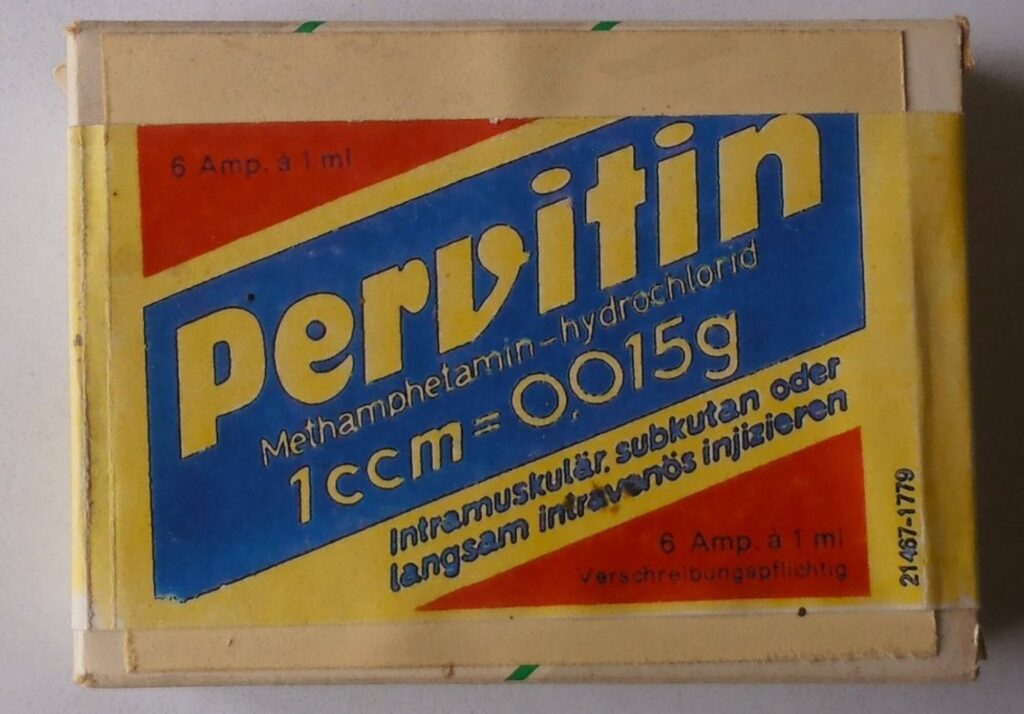
Those who crewed Nazi tanks were even given Panzerschokolade (tanker’s chocolate), chocolate bars infused with Pervitin.
However, there were drawbacks to the new wonder drug. It was highly addictive, and side effects included agitation, paranoia, increased heart rate, irregular heartbeat, heart pains and dramatically increased blood pressure.
High doses could cause hallucinations, convulsions, heart failure, bleeding in the brain or even a fatal stroke.
In the short-term, Pervitin provided the boost that Nazi troops needed to achieve the success of the Blitzkrieg in Europe, but by 1941, the use of this drug in the German armed forces began to decline as its negative side effects became recognised.
Pervitin in Finland
In November 1939, the Soviet Union launched an invasion of Finland. What would become known as the Winter War continued until March 1940.
Many people had expected the tiny Finnish Army to be quickly overcome by the massive Red Army, but a tenacious defence allowed Finland to negotiate a peace treaty that saw it retain control over most of its territory.
Fear of another attack by the Soviet Union drove Finland closer to Nazi Germany, and when the German Army launched its invasion of the Soviet Union in June 1941, Finland became an ally.
German troops were based in Finland, and Finnish soldiers joined the fight against the Red Army.
Germany supplied its ally with weapons, aircraft and ammunition. It also provided large quantities of Pervitin, now no longer being widely used by German forces.
By early 1944, the war was going badly for Germany. The invasion of the Soviet Union had cost vast numbers of casualties, and the Red Army was inexorably pushing German forces out of Soviet territory.
In Finland, the fight against Soviet forces was becoming increasingly desperate as German supplies and equipment began to dwindle.
In March 1944, a small Finnish ski patrol set out from the Salla region of eastern Lapland, heading towards an area south of the Soviet port of Murmansk.
Their mission was to scout deep behind enemy lines, and the squad was led by a corporal who was also an experienced skier, 26-year-old Aimo Allan Koivunen.
A Pervitin Overdose
On March 18th 1944, the Finnish squad ran into a Soviet ambush. Outnumbered, their only hope was to flee. Aimo Koivunen was given the exhausting task of leading the way, cutting a track through the deep snow that the other soldiers could follow.
There was no way to hide from Soviet soldiers – the ski tracks left by the squad were plainly visible, so their only hope of survival was to outpace their pursuers.
Cutting fresh tracks through deep snow is exhausting, and before long, Koivunen began to tire. At that point, he remembered the pack of Pervitin he had been given before setting out on the mission.
He had been told that this would provide a boost in energy, though he had never taken it before. He was carrying sufficient Pervitin for the whole squad, a total of 30 tablets (with each intended as a single dose for one soldier for one day).
Wearing thick mittens and with hands numbed by the intense cold, Koivunen managed to open the pack of Pervitin, but he found it impossible to extract a single tablet. With Soviet troops close behind, there was no time to lose, so he swallowed all 30 tablets!
Immediately, Koivunen began to ski faster, effortlessly cutting a new track through the snow for his squad mates to follow. Initially, Koivunen simply felt suffused with energy, but soon, he suffered from some kind of mental blackout.
He would later say that he couldn’t remember anything about what happened during those first 24 hours of skiing. When he finally became aware of his surroundings, he was completely alone and more than 100 kilometres from the site of the ambush.
Alone in the Wilderness
Although he had left his Soviet pursuers (and the rest of his squad) far behind, Koivunen had little idea of where he was and no food or weapon.
He would later learn that his squad mates had taken his rifle from him when he began to act strangely after taking the Pervitin. He began to make his way west, in the direction of Finnish lines, hoping to find friendly forces.
He stumbled across an abandoned log cabin where he was able to rest. He also started a fire, but presumably because of the lingering effects of the methamphetamine, he lit this in the middle of the floor instead of in the fireplace.
He later dimly recalled brief periods of sleep from which he would awaken to find the fire perilously close. He simply shuffled across the floor, further from the fire, and went back to a fitful sleep punctuated by vivid hallucinations.
Inevitably, the fire consumed the whole cabin, and Koivunen once again found himself in the snowy waste without food or shelter.
He continued to head west, surviving by eating pine shoots buried in the snow. He discovered an abandoned German camp, but when he searched it for supplies, he found that it had been booby-trapped and a hidden landmine blew off part of his foot.
Koivunen stumbled onwards, drifting in and out of consciousness in the bitter cold. The the temperature was between -20˚C and -30˚C. Gradually, the effects of the Pervitin overdose wore off, and soon, he was consumed by hunger.
Despite his injury, he was able to catch a bird, a Siberian Jay, which he ate raw. It would not be until 1st April, two weeks after the initial ambush, that Koivunen was finally found by a Finnish patrol and taken back to friendly lines.
Conclusion
When he was rescued, Koivunen was found to weigh just 43kg (94lbs), and when examined, his heartbeat was over 200 beats per minute (a normal resting heart rate is anything from 60 – 100 beats per minute).

When his epic journey was reconstructed, it was found that he had covered over 400 km (250 miles), mostly deep inside enemy territory and all in the frozen wilderness of Lapland.
Despite his injuries, his ordeal and the Pervitin overdose, Koivunen survived and made a full recovery.
Though extraordinary, his story was virtually unknown until 1978, when a Finnish men’s magazine that featured stories from war veterans (Kansa Taisteli – The People Fought) ran a competition for the best story from World War Two.
Koivunen wrote a short account of his Pervitin-fuelled adventure. It came second in the competition and was featured in the magazine.
From that time on, Koivunen became famous as the only documented case of a soldier surviving a methamphetamine overdose during World War Two. Aimo Allan Koivunen passed away peacefully in August 1989 at the age of 71.
Sources
https://time.com/5752114/nazi-military-drugs/



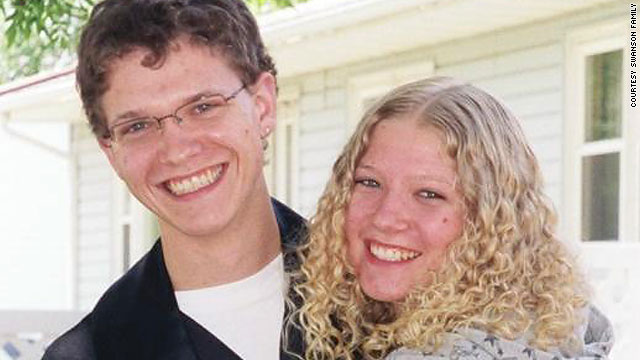






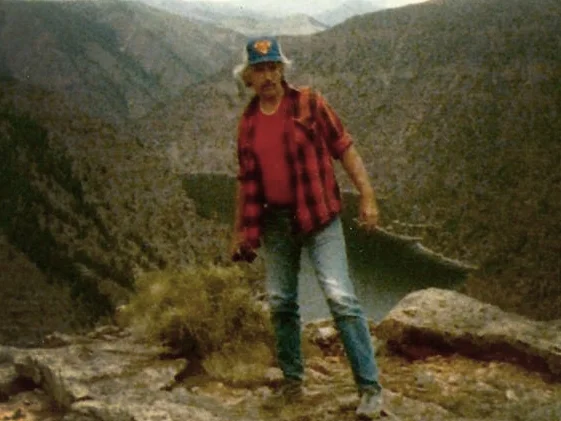
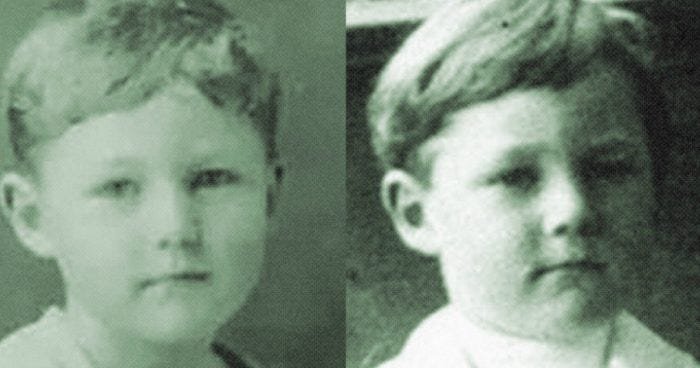

Leave a comment